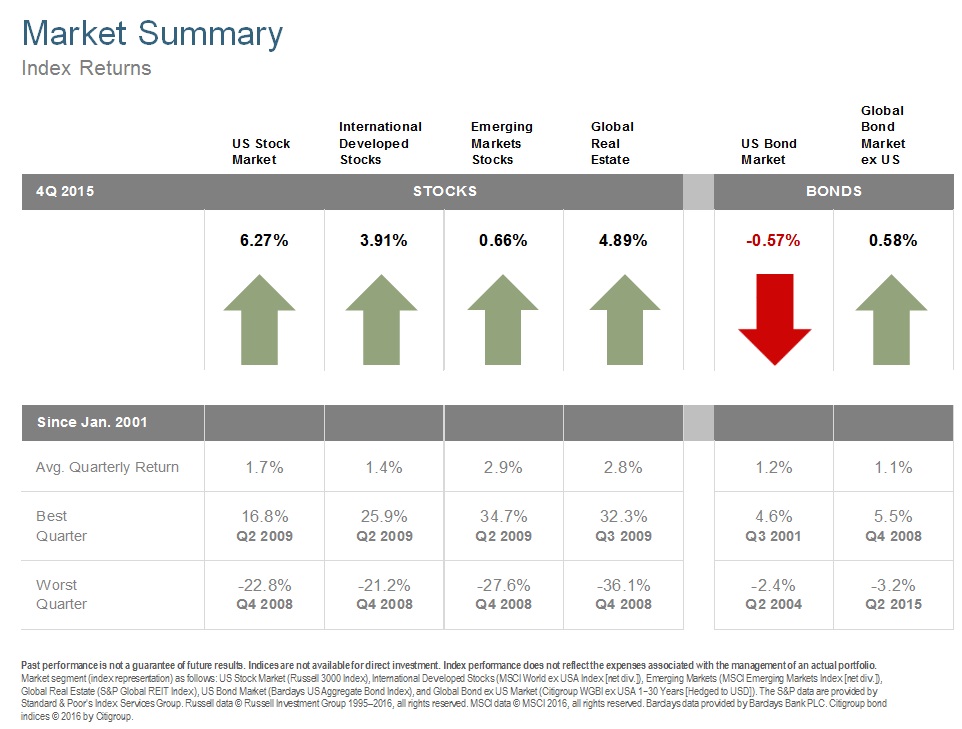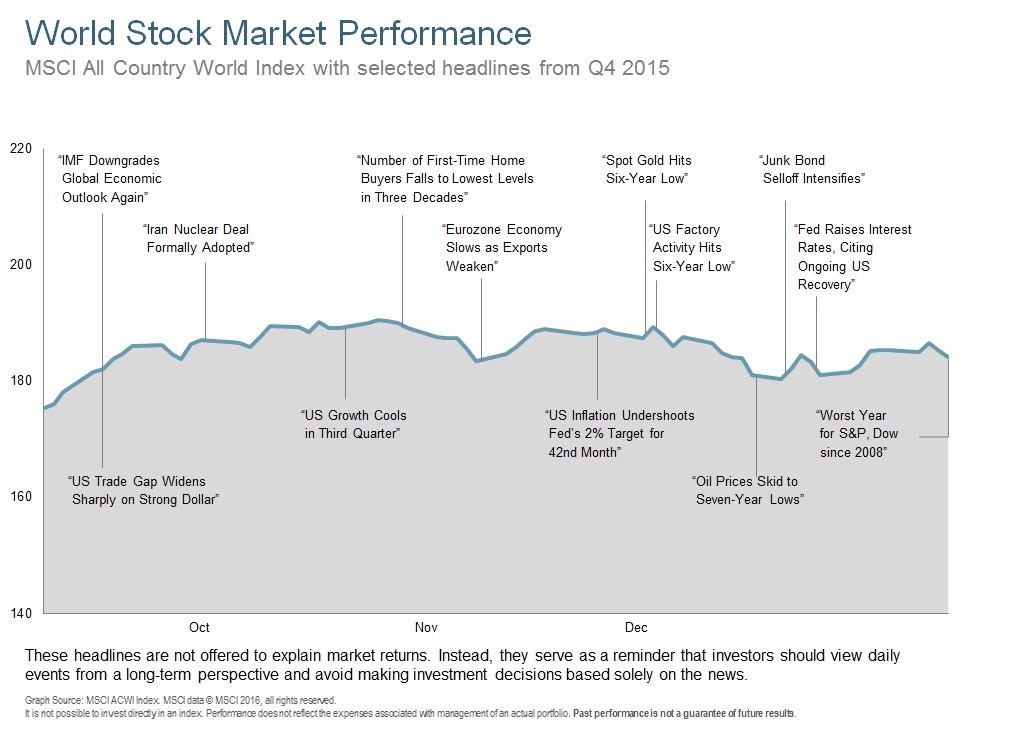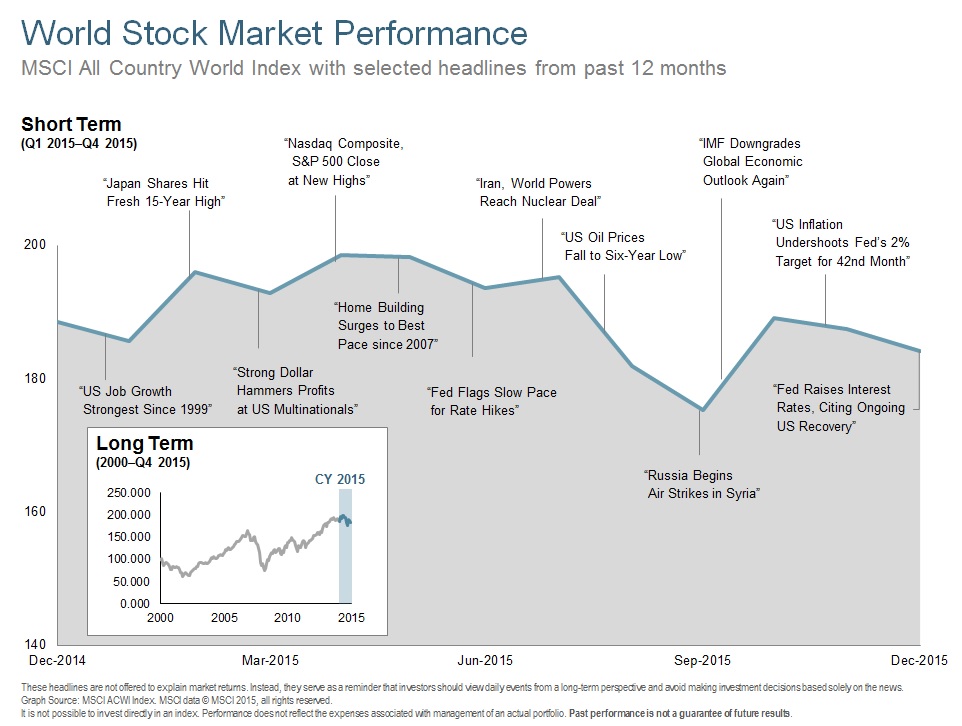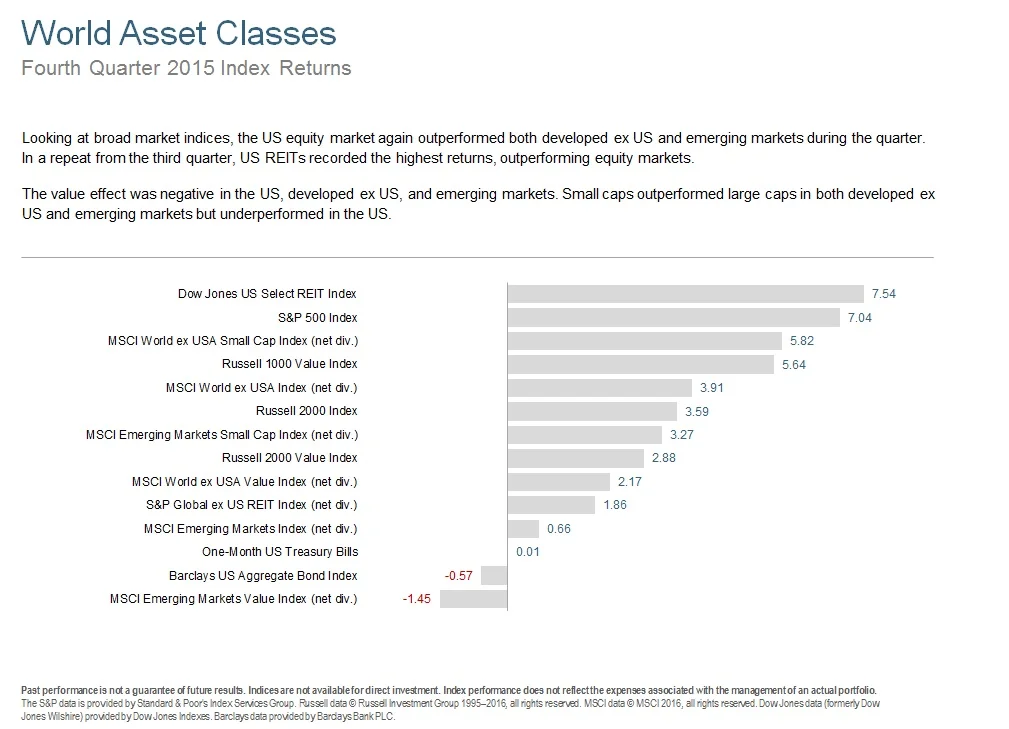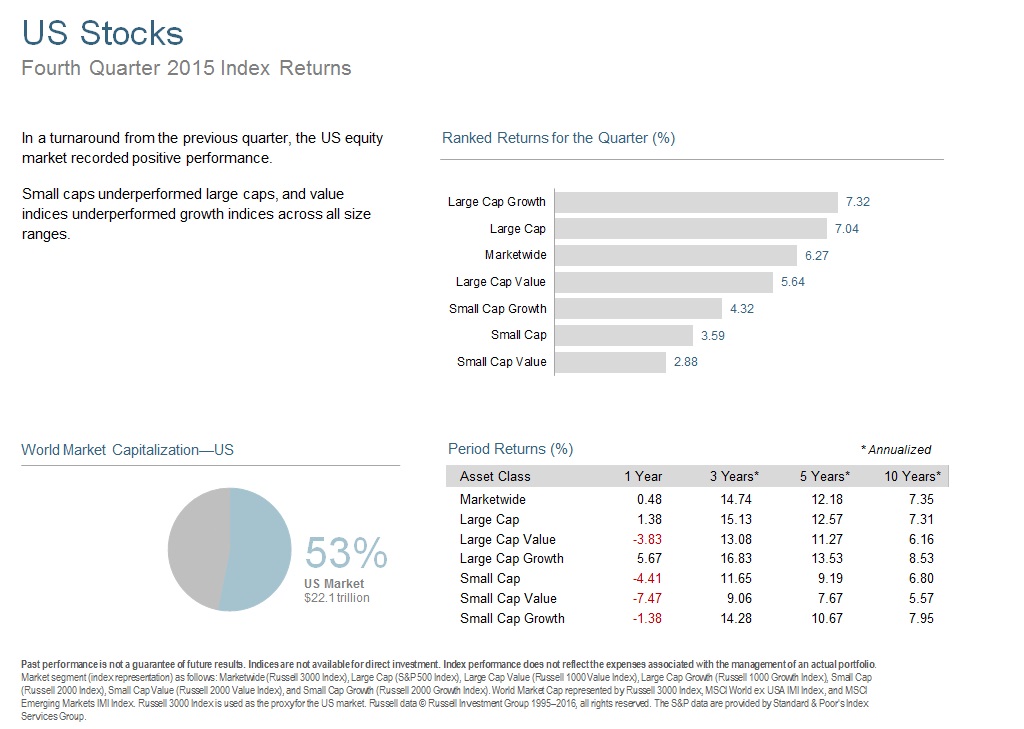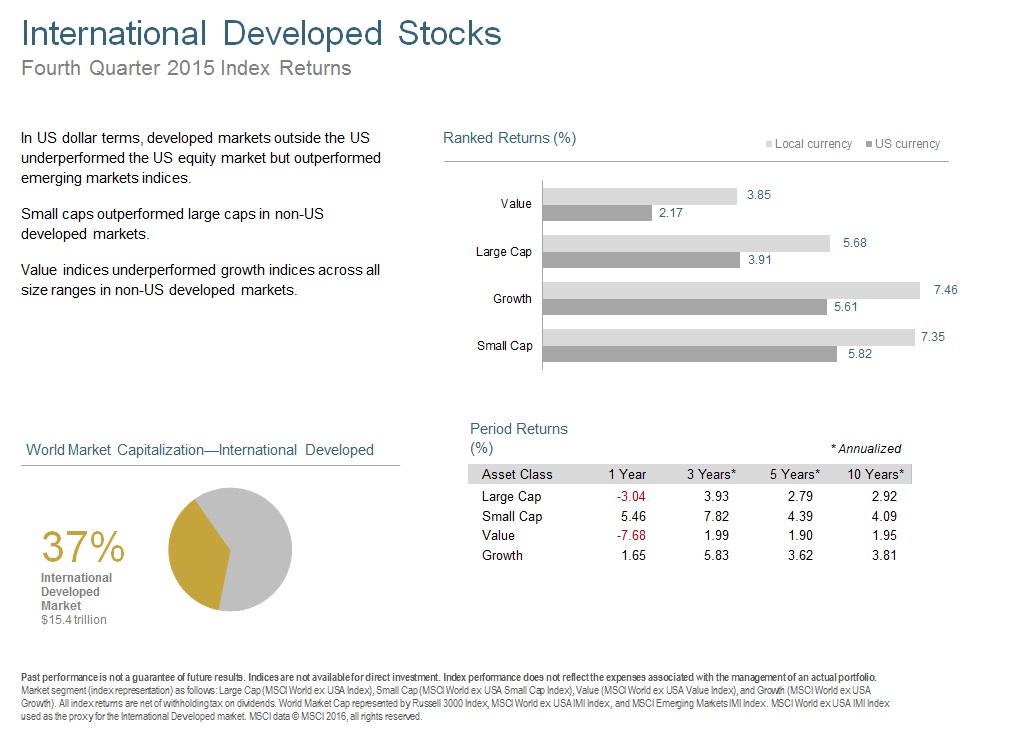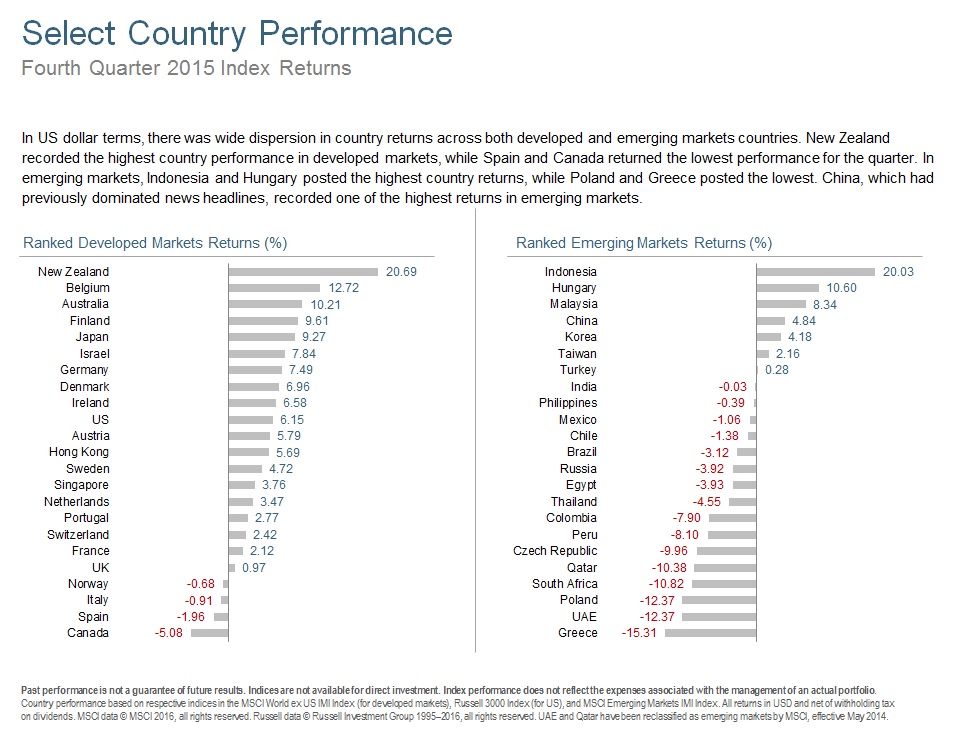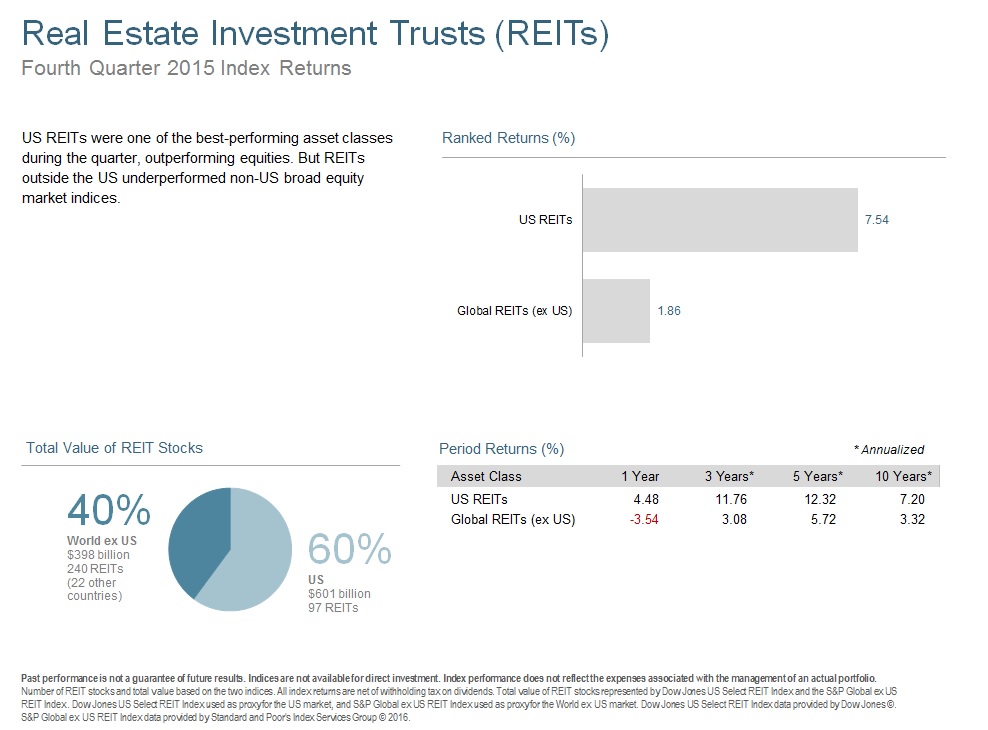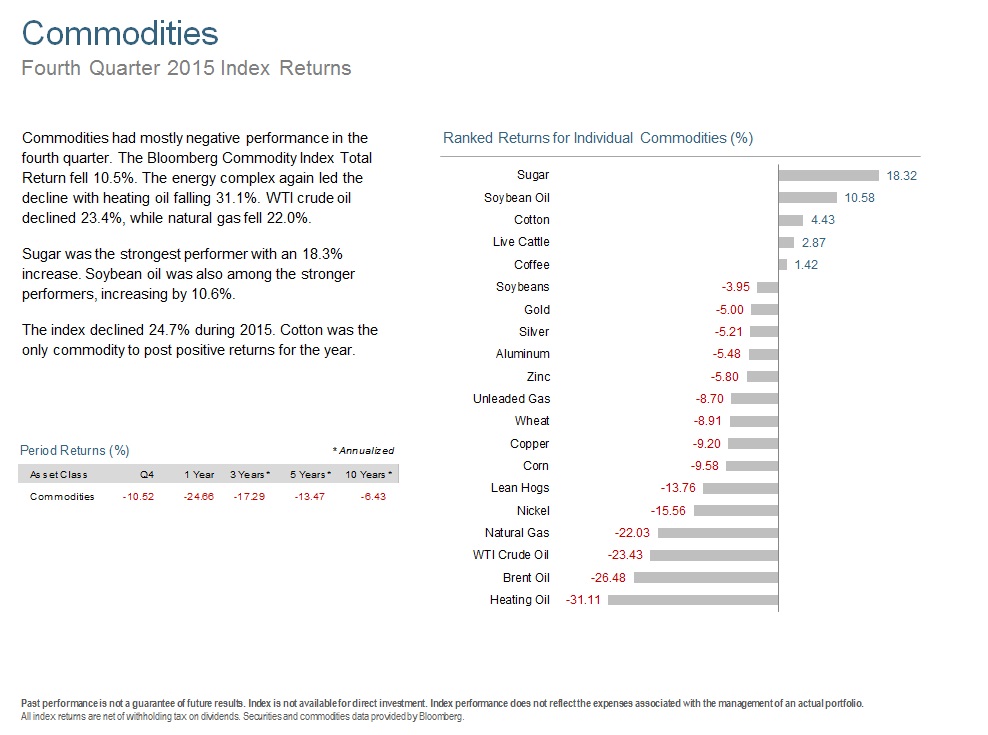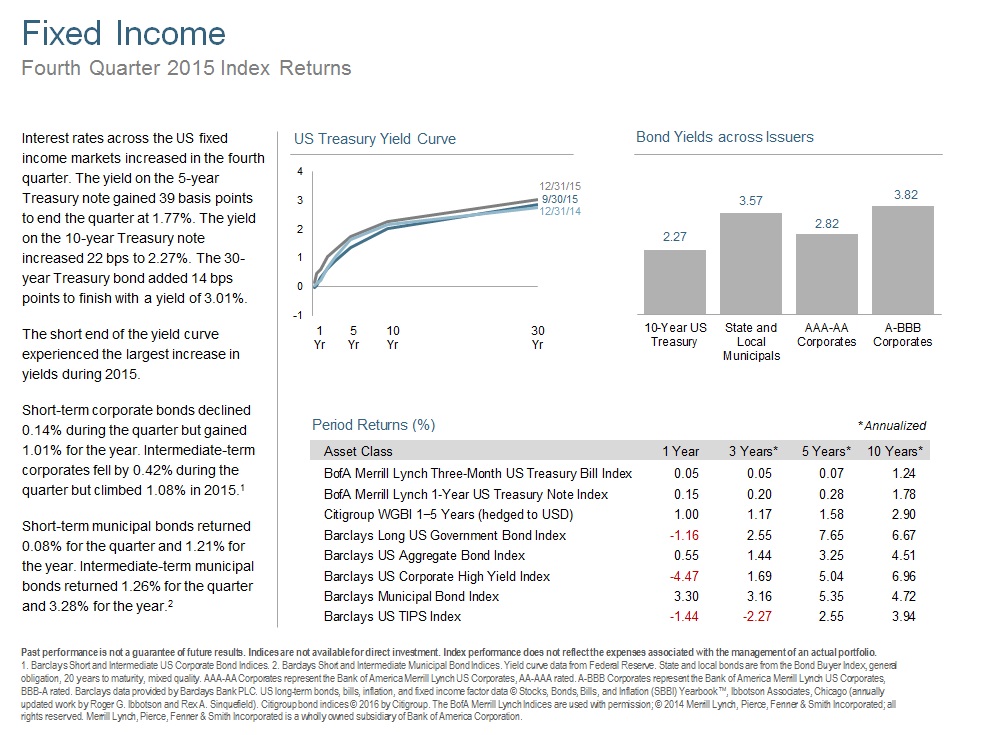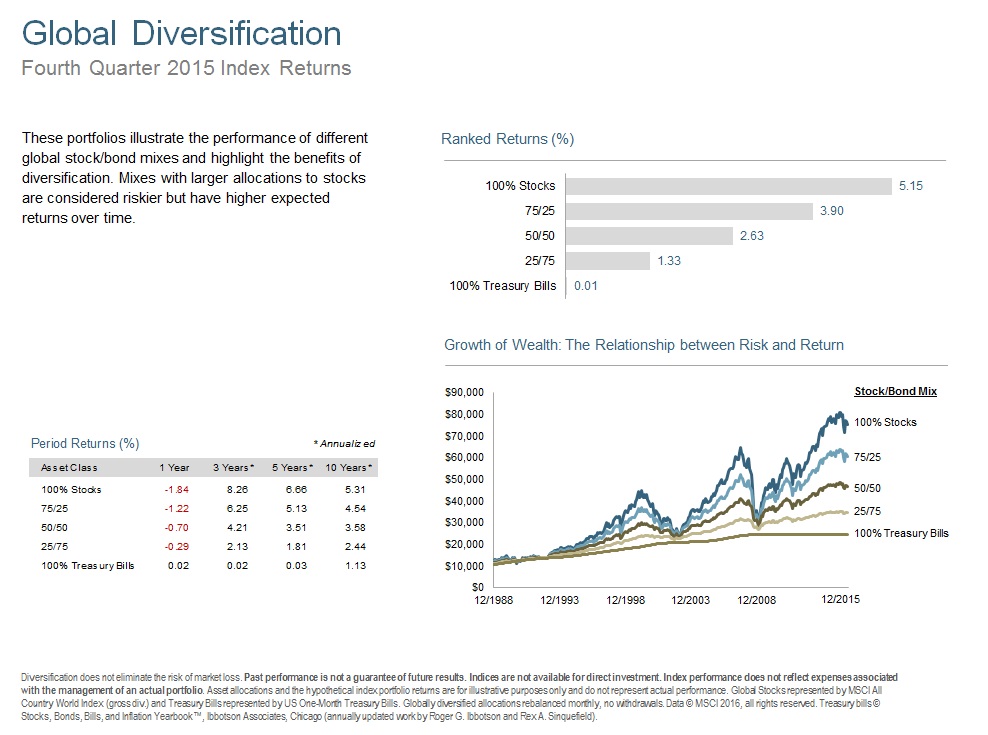There is a great quote attributed to golfing great, Jack Nicklaus, “The best way to cope with trouble is to stay out of it as much as possible.” I was reminded of this adage recently when speaking to a client about recent events in the financial markets, notably the sell-off of high yield bonds. The decline in these bonds has resulted in the temporary closure of some mutual and hedge funds that invest in them.
If you haven’t been following the news this week, there have been significant losses incurred by investors in "junk bonds", particularly those of companies that deal in energy and energy services. Many of those companies that borrowed money at higher than average interest rates to fund their operations have suddenly found themselves in cash crunches due to the decline in energy prices. While some some of these energy companies have over extended themselves, it's the investment funds that bought the bonds from them are really finding themselves in a pickle, especially if they bought the bonds on margin.
The funds are being forced to sell these bonds to meet their customers' redemptions and margin calls while the rest of the market knows they are in distress, never a good thing if you are a seller. At some point, many of the bonds will become too cheap to pass up and a rally will ensue, but for the time being they seem stuck in a vicious cycle. Lower oil prices are leading to lenders asking for more capital on loans, which leads to redemptions, leading to sale of other securities (like stocks or oil) to raise cash, which leads to lower oil prices, etc.
Investors chasing higher yields have increasingly ignored risks such as supporting commodity prices and liquidity as we have experienced historically low interest rates for the better part of the last decade. In the last 25 years, junk bonds, collateralized mortgages, credit default swaps, and now maybe junk bonds again have caused financial crisis after crisis. The thing they all have in common is that they seem to offer something for nothing until belatedly the market starts pricing “nothing” accordingly.
In other news, the Federal Reserve raised the target for the fed funds rate by .25%, which is the rate banks lend funds kept at the Fed to other banks. They also raised the discount rate by a similar amount, which is the rate they charge banks to borrow from the Fed. These moves were widely anticipated and thus were largely already priced into the market.
Fed Chairperson, Janet Yellen said, “The economic recovery has clearly come a long way, although it is not yet complete,” she told a press conference following the FOMC’s meeting this week. “The committee currently expects that, with gradual adjustments in the stance of monetary policy, economic activity will continue to expand at a moderate pace and labor market indicators will continue to strengthen.”
Historically, Fed moves to tighten the money supply have been most disruptive when not anticipated by the market. Fortunately, the vast majority expected this move. They even went so far as to announce additional target raises of about another 1% over the next year, which may soften negative impacts of those increases, as well.
At ATX Portfolio Advisors, we believe that most risk should be taken in the equity portion of your portfolio. We spend a great deal of effort figuring out how much “trouble” (risk) someone can withstand to determine their allocation to stocks and invest the balance in high quality short to intermediate term bonds. While the interest rates on these securities aren’t particularly compelling today, it is the buoyancy they provide when the waters get choppy that makes them attractive. It’s just not worth the downside to chase for extra yield by buying lower quality or longer duration bonds, in our opinion.
We also embrace another golf principle, which is to focus on where you want your ball to go and not where it shouldn’t. Goal based planning is the most effective way we know to keep the right perspective when we hit the inevitable errant shot. As Ben Hogan said, “Golf is not game of good shots. It is a game of bad shots.”
If you are having trouble with your shots, year-end may be the perfect time to review your game or get better acquainted with a pro. In the meantime, keep your head down and swing easy.


